Leonella Pippi - 20.05.2017 12:11
Innovative ideas from all over the world.
A new battery that could change the world by Arianna Ciotti, LSP Assisi/Italy
Professor Donald Sadoway, from Massachusetts Institute of Technology (MIT) in the U.S.A., delivered an interesting speech in 2012 for the well-known TED Talks (Technology Entertainment Design), a series of conferences on various subjects such as science, technology and arts that involve leading personalities from the different fields.
Sadoway is a Professor of Materials Chemistry and an expert on batteries, and his talk focuses on the research and improvements achieved by his team of high level students at MIT.
Sadoway invented a new kind of battery called “liquid metal battery”, a device that could solve the problem of intermittency (a regular lack of energy, when the source is unavailable) that affects the way renewable energies such as wind and solar power interact with the current system of creation and storage of energy, based mainly on coal, gas and nuclear. According to Sadoway, this invention can be the answer to the difficulties that influence the grid nowadays, and also to the flaws of renewable energies as they are now.
Before the recent invention of this new form of energy storage there certainly wasn’t a battery technology that could compete with the modern performances of the grid: high power, long service lifetime and super-low cost. That’s why professor Sadoway looked for materials that are Earth-abundant for the creation of his battery, which neither stores nor creates energy, but consumes it. He found what he was looking for in the production of aluminium, a process developed in 1886 in the U.S.A. and in France that gradually brought to a decrease in cost of this metal, making it common today.
Starting from this process, the team developed a battery in which the electrodes and the electrolyte are all liquid. The two electrodes are made of Magnesium (top layer) and Antimony (bottom layer), the electrolyte (middle layer) is molten salt. These two metals match the requirements set by Sadoway, in order to obtain a functioning product that could also enter into common use today: earth abundance, opposite density and high mutual reactivity. Renewable energy sources such as wind farms can be used to charge the battery, making it a competitive item for the improvement of our energy system.
Sadoway and his entourage also founded the Liquid Metal Battery Corporation in order to study and build these new generation cells, trying to increase the battery capacity to convey more power and respond to the high level of future energy demand. The aim of the Corporation in also to employ highly specialized professionals, focusing both on human resources and inventors.
Professor Sadoway’s work is very interesting, and the liquid metal battery could really be the answer to our world’s energy issue. The matter is that at the present moment it can’t be easily created and made to function, but thanks to the Liquid Battery Corporation this research continue and reach satisfactory results for common use, not only in theory. We need high power and low cost batteries that can exploit renewable energies, and we hope that this invention will only be the first of many. We agree with Sadoway’s statement: “We need to think big, we have to think cheap”.
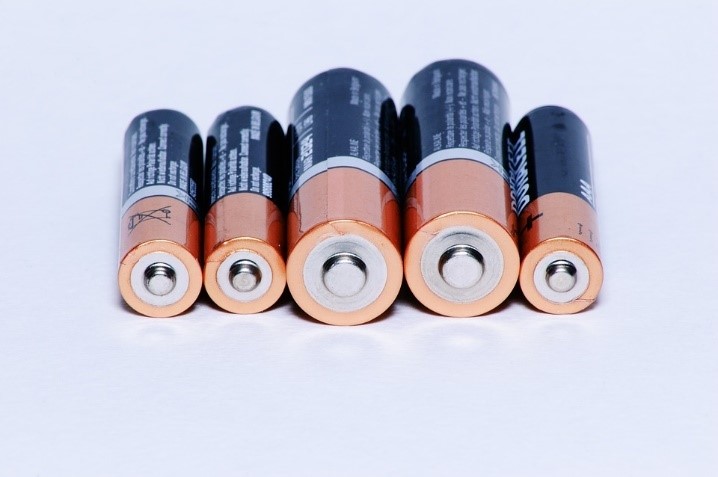 from pixabay.com Posted 20.05.2017 12:30
from pixabay.com Posted 20.05.2017 12:30
A 40-year plan for energy by Diego Luna,LSP Assisi/Italy
Nowadays 90% of the world energy requirements come from fossil fuels.
This form of energy creates problems that affect the economy, the health of the population and is also dangerous for the environment.
Amory Lovins (a US physicist, environmentalist and writer that has been working for four decades in the field of energy policy) patented a plan for the next 40 years to protect our world,to save money and promote the use of new technologies.
First of all he wants to make autos oil free,thanks to the innovation of the automotive industry like BMW, Volkswagen and Audi;in the last years the weight of autos has decreased because of the use of ultralight materials. Cars can use any mixture of hydrogen fuel cells, electricity and advanced biofuels.
Changing the way we make electricity will become easier if we need less of it.
Over the next 40 years buildings, which use three-quarters of the electricity, can triple or quadruple their energy productivity.
Renewable energies are a new form of engine with a lot more advantages than the previous engine form. They are in fact unlimited, free, ecological and they don't create problems to the environment.
European countries like Germany, Portugal and Denmark are powered by energy which is between 30% and50% renewable, while America is starting to use this form of engine.
“We humans are inventing a new fire, not dug from below, but flowing from above; not scarce, but bountiful; not local, but everywhere; not transient, but permanent; not costly, but free.”(Amory Lovins).
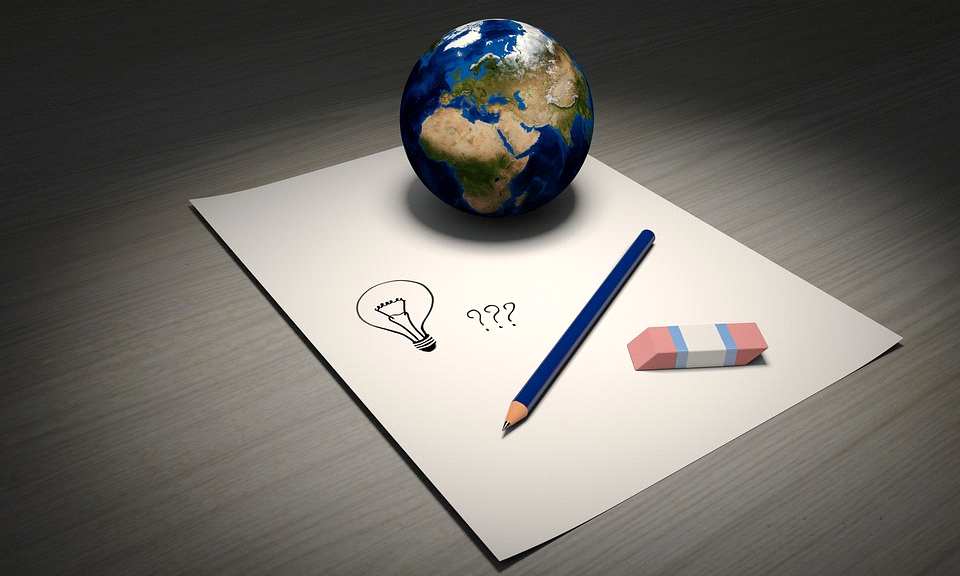 from pixabay.com
from pixabay.com
Posted 22.05.2017 14:23
Be brave! by Alessia Massimi LSP Assisi/Italy
Our generation needs to be brave!
After watching the Ted Talk by Monica Araya, talking about what Costa Rica and its citizen did in a time when the army was extremely important all over the world - they abolished it - I analyzed the reason why man is so afraid of abandoning fossil fuels.
Using fossil fuels is a habit and for modern man it is difficult to change without visible and immediate strong reasons. People are used to using the simplest things and today fossil fuels are the easiest choice. Renewable resources are still seen as a far-away future, too difficult to achieve and too expensive without a certainty about real utility or profit.
Our governments do not advertize enough the possibility of using renewable resources because oil is connected to profit and to the enrichment of the state, citizens like hearing about the richness and the power, less about their mistakes against the environment and how to fix it.Costa Rica reduced the use of fossil fuels in order to generate electricity and investing in environmental protection did not hurt its economy but quite the opposite. Not all of what we believe essential is really necessary. We have all the possibilities and technologies adequate to develop new forms of renewable energy without waste or irreversible damages, to have a reliable industry, a reasonable cost of energy and at the same time the respect for the environment, resources, and the world we live in.
The question is: why do we not want to do anything for our Mother Earth? Or better, why do we not want to do anything for us, our children, our grandchildren?
In order to be sure that all people are stimulated by the new renewable resources and believe in the importance of using them, it is necessary to throw down a challenge and reward those who achieve the goals of protecting the environment at both local and national levels as well as globally.
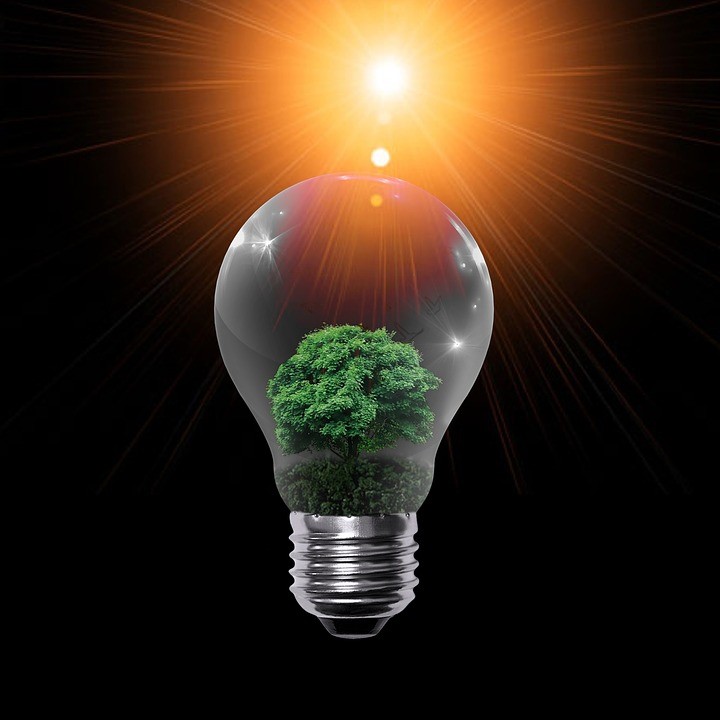 from pixabay.com
from pixabay.com
Posted 22.05.2017 20:44
Erneuerbare Energien by Jan-Luca Recht, HPS Buxtehude/Germany
Das Thema der erneuerbaren Energien ist aktuell und allgegenwärtig. Erneuerbare- oder auch regenerative Energien erfreuen sich heutzutage immer größerer Beliebtheit und werden auch mittlerweile in Deutschland durch entsprechende Gelder des Staates unterstützt. Beispielsweise zahlt der deutsche Staat Zuschüsse für eine Installation einer Solaranlage auf dem Dach des eigenen Wohnhauses. Außerdem schaden sie weder der Umwelt, noch verbrauchen sie die begrenzten Energievorräte unserer Erde, da Licht, Wind und Wasserkraft quasi unendliche Energiequellen darstellen.
Im Gegensatz dazu brauchen die Quellen der fossilen Energie, wie zum Beispiel Erdöl, über 650 Millionen Jahre, um überhaupt unterhalb der Erde vollständig zu entstehen. Dazu kommt noch, dass fossile Energien umweltunfreundlich sind und den Treibhauseffekt verstärken.
Die Nutzung der erneuerbaren Energien ist zwar teurer als diejenige der fossilen Energie, diese Mehrausgaben lohnen sich aber definitiv, da dadurch unsere Umwelt, und damit auch die Umwelt der folgenden Generationen unserer Menschheit, bewahrt wird.
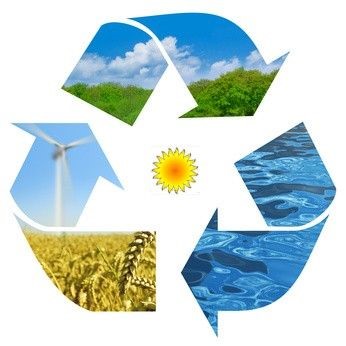 (Foto: http://www.stromversorger-energieversorger.de/grafik/Erneuerbare-Energien.jpg)
(Foto: http://www.stromversorger-energieversorger.de/grafik/Erneuerbare-Energien.jpg)
Posted 31.05.2017 16:26
Protect the planet discovering its resources by Martina Merone, LSP Assisi/Italy
Adod Shoseyovis a professor and a Co-Founder of SP Nano Ltd and a Faculty Member of the Institute of Plant Science and Genetics. In May 2016 he held a Ted Talk in Paris in which he talked about the opportunities that nature offers to us.
According to him, we don’t exploit the powers of the nature enough. In fact we could extract some very important materials, which could allow us to improve our technologies. One of these materials is called nanocrystalline. Nanocrystalline is one of the components of Sequoia trees, and it is the one that makes the tree resistant to climate change.
Extracting this material, by the sludge of the paper industry, there would be a lot of improvements and by adding a small percentage of nanocellulose into cotton fibers we can do amazing things, such as self-standing and self-supporting structures.
Resilin could be another useful material: it is a protein and the most elastic rubber on Earth. It could be used, for example, for making new generation sports shoes to make better the athletes’ performance. This protein combined with collagen, a biofiber which makes up25% of our body, gives as a result more elastic and stronger fibres suitable for medical implants!
From my point of view, harnessing all these natural components would be a great new way to make the world better. It is clear that this type of exploitation does not have to damage our territory and, as its purpose must be that of using natural materials to improve our lives. I am sure that scientists will be able to find more solutions, realizing them will be our task.
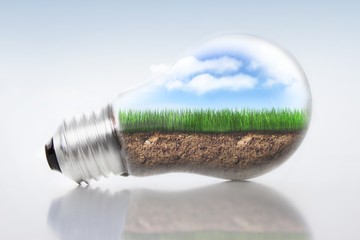 Image takes from stock adobe
Image takes from stock adobe
Posted 07.06.2017 12:50
A biological resource by Ilenia Pastorelli, LSP Assisi/Italy
Angela Belcher is a materials chemist with expertise in biomaterials, biomolecular materials and solid-state chemistry. Her work focuses on evolving organisms to build new materials and devices for clean energy, electronics, the environment and medicine. She attended the University of California, in Santa Barbara, where she received a Bachelor's degree from the College of Creative Studies in 1991 and her Ph.D. in Chemistry in 1997. She was awarded the 24th annual MacArthur Foundation Fellowship, and the 2004 Four Star General Recognition Award. In 2006 she was named Scientific American’s Research Leader of the Year. Her work has been published in many prestigious scientific journals including Science and Nature.
In her TED talk which was held in January 2011, Angela Belcher talks about how nature makes materials. The example she uses is that of an abalone (a mollusk) shell. The abalone shell is a biocomposite material that is 98 percent by mass calcium carbonate and 2 percent by mass protein. Yet it is 3,000 times harder than the same geological material – chalk. The scientist wondered if a mollusk so structured could have the ability to give birth to inanimate structures such as batteries and solar cells.
She continues by saying that other living things can produce inanimate materials such as glass, in fact, diatoms mating are able to give life to glassy substances, which are generated at constant temperature and pressure. She says that in a not-well defined future nature and biology can be able to exploit nature. We must try to understand how to regenerate without the need to use chemicals, but using only our biological abilities.
Then the scientist focused on the fact that the abalone the same as the diatoms are made of nanostructures and have a coded DNA sequence so they can produce substances that allow them to build conghiglia with natural and protein sequences.
Furthermore Belcher reaffirms the theory that if in a laboratory we create billions of situations in which identical viruses, but with a different DNA patch are interacted with a liquid of any material on the periodic table, we would be able to understand what is the reaction and the material we could create.
She reports a biological experiment with a virus using carbon nanotubes that has more or less the same structure as a common battery. The virus used to do so succeeded in a small scale to turn on a led. The scientist would like in the near future to be able to exploit all this on a wider scale to enlighten a city.
The last example is that of solar cells that they have been able to run through modified viruses that produce carbon nanotubes and increase titanium oxide, which serves to produce solar energy. She is convinced that nature can do fantastic things and that we humans can persuade nature to do things she herself has never thought of doing.
Listening carefully to this TED I was fascinated and amazed at how nature is perfectly capable of creating materials and energies, although I think it is difficult and complicated to apply in order to be able to exploit these possibilities biologically.
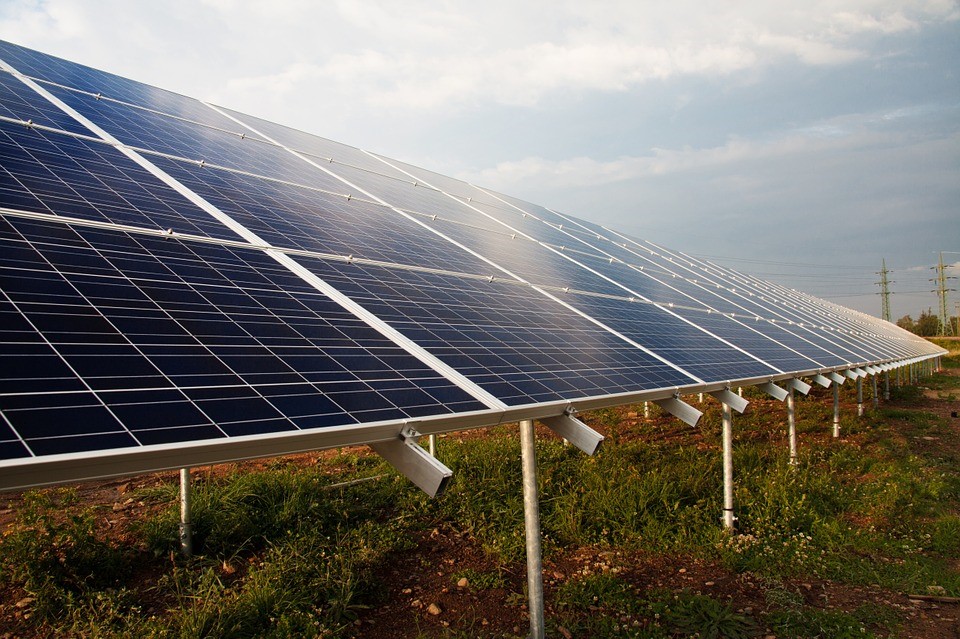 Picture taken by: google images
Picture taken by: google images
Posted 08.06.2017 16:20
Katarzyna Krawczyk - 21.06.2017 23:26
Neuerdings habe ich einen Artikel von Jan-Luca Recht mit dem Titel „Erneuerbare Energien“ gelesen. Ich denke, dass dieses Thema sehr aktuell ist. Heutzutage spricht man viel über neue und umweltfreundliche Energien. In Polen ist die Nutzung der erneuerbaren Energien noch nicht gut entwickelt. Die Sonnenkollektoren sind sehr teuer. Leider gibt es nicht so viele Flüsse wie in Norwegen. Ich bin damit einverstanden, dass man in die erneuerbaren Energiequellen investieren soll. Ich denke auch, dass man mehr darüber sprechen soll. Viele Menschen wissen nicht, wie sie der Welt helfen können. Vielleicht sollen im Fernseher mehr Sendungen über dieses Thema sein ? Erfreulicherweise interessieren sich mehr und mehr junge Leute für den Umweltschutz und sie haben viele neue Ideen, die uns helfen können, mehr umweltfreundlich zu sein. Ich hoffe, dass erneuerbare Energien unsere Zukunft werden.